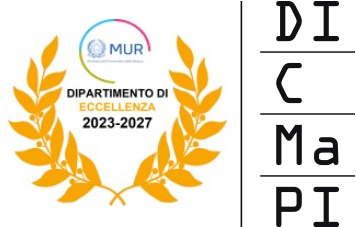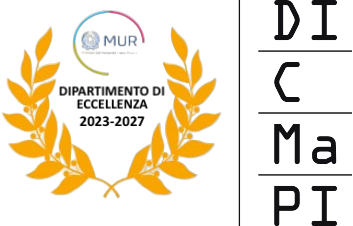Cellular and Molecular Engineering
Paolo A. Netti
Filippo Causa
Valeria Panzetta
David Dannhauser
Biological fluids are a “gold mine” of information that can define the physiological state or identify pathologies of individuals. The success of an early and correct diagnosis depends on the effective recovery of this information from the fluid. Unfortunately, the concentration of specific target molecules for critical diseases is usually below the detection limit of conventional testing apparatus. Additionally, some fluids are only available in small volumes. In this sense, Lab-on-a-Chip (LOC) have emerged as leading technologies that promise to have a dramatic impact on the next generation of diagnostic devices. LOC refers to a set of technologies that allow operations, which typically require an entire laboratory, to be performed on a miniaturized scale within a portable or handheld device. LOCs bring enormous advantages in diagnostics, cell biology, microbiology and biochemistry as they require processing of very small volumes of analyte and small quantities of chemicals and reagents. In particular, the market for LOC devices related to in vitro diagnostics (IVD) reaches $45.7 billion in global sales in 2012, with a projection of reaching $65 billion in 2017. Within the IVD market, Molecular diagnostics devices and Point-of-Care (POC) devices are the most emerging categories. Effective implementation of LOC requires the integration of microfluidics, transport phenomena, surface functionalization, and multiphase reactions. The activities carried out in the LOC laboratory focus on the technological aspects related to lab-on-chip applications. More specifically, specially developed technologies and processes enable the fabrication of particles for microsphere-based assays in biological fluids within microdevices; micro- and nanofabrication of microfluidic platforms; simulate processing conditions; development of reading schemes to obtain specific signatures of living cells or biomarkers.
Rheometro (MCR 302 – Anton Paar)
Microscopio CellR
Microscopio invertito (iX81 – Olympus)
Microscopia Olografica (Lyncee)
Microfresatura (Minitech)
Telecamera ad alta velocità (Mikrotron)
…
Piazzale Tecchio 80, Polo ovest ‘Ingegneria’ Fuorigrotta
Floor -1 section Polymers (DICMaPI)
Room 11


